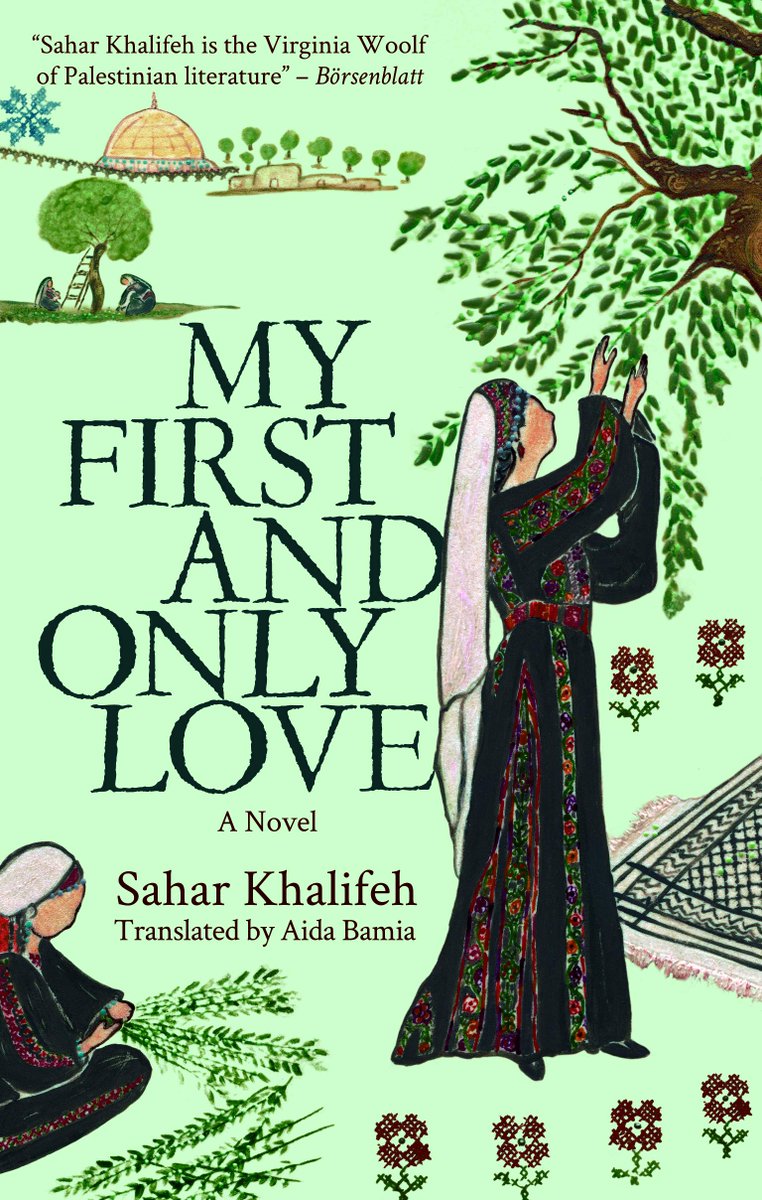Tamra Maew (The Treatise of Cats) is an illustrated Thai manuscript that consists of "auspicious" cat types (possibly serves as breeding standard). Each cat picture is accompanied by a poetic verse that describes its characteristics.
A feline thread for #FolkloreThursday 1/10
A feline thread for #FolkloreThursday 1/10

The Treatise of Cats is believed to be originated from the Ayutthaya period, but the most extant specimens came from the 19th Century. It is a class of samut khoi, a folding book manuscript widely used in many Buddhist cultures.
Below are examples of the verses in English. 2/10
Below are examples of the verses in English. 2/10

Ninlarat ("Dark Sapphire")
"As the name, the breed. Dark Sapphire,
Perfect shiny black form,
Teeth, eyes, claws, tongue, black as the body,
And a tapering tail to the end, running back to touch the head." 3/10
"As the name, the breed. Dark Sapphire,
Perfect shiny black form,
Teeth, eyes, claws, tongue, black as the body,
And a tapering tail to the end, running back to touch the head." 3/10

Suphalak ("Excellence") or Thong Daeng ("Copper")
"Of appearance superb, a graceful feline.
Color of copper glinting,
Eyes lit like shining rays
Against all evil, malevolence turns to content." 4/10
"Of appearance superb, a graceful feline.
Color of copper glinting,
Eyes lit like shining rays
Against all evil, malevolence turns to content." 4/10

Krajork ("Sparrow")
"With the name Sparrow, a nice round frame.
Black body, the shaded background.
White fur, like clouds, floats around the mouth.
Eyes a mix of fresh colors, like gamboge pigment." 5/10
"With the name Sparrow, a nice round frame.
Black body, the shaded background.
White fur, like clouds, floats around the mouth.
Eyes a mix of fresh colors, like gamboge pigment." 5/10

Wichien Maas ("Moon Diamond")
"Upper mouth, tail, four paws, and two ears,
Eight points of pure black, as stated.
Eye color shines bronze-gray,
The name Moon Diamond for the white fur." 6/10
"Upper mouth, tail, four paws, and two ears,
Eight points of pure black, as stated.
Eye color shines bronze-gray,
The name Moon Diamond for the white fur." 6/10

Singha Sep ("Lion")
"The Lion is a black-bodied breed.
White around the mouth, around
The neck’s conch-shell mane, and on nose tip.
Gamboge eyes, drops of water fading in light." 7/10
"The Lion is a black-bodied breed.
White around the mouth, around
The neck’s conch-shell mane, and on nose tip.
Gamboge eyes, drops of water fading in light." 7/10

Maaleht ("Flower")
"Grace of the flower, its body evenly colored,
Fur like the lao flower, smooth.
Fur roots a cloudy gray, off-white
Eyes, like dewdrops on a lotus." 8/10
"Grace of the flower, its body evenly colored,
Fur like the lao flower, smooth.
Fur roots a cloudy gray, off-white
Eyes, like dewdrops on a lotus." 8/10

Ninlajak ("Sapphire Circle")
"The name Sapphire Circle bespeaks grace.
Body to crows’ wings truly compares,
White around the neck, and
can live in any country; this cat one should look after." 9/10
"The name Sapphire Circle bespeaks grace.
Body to crows’ wings truly compares,
White around the neck, and
can live in any country; this cat one should look after." 9/10

Krorp Waen ("Spectacle Frame") or Aan Maa ("Horse Saddle")
"Spectacle Frame is the name. White as cliffs,
Black fur around the eyes, as if dyed.
On the back, like a horse’s saddle,
A beautiful inky circle. Found in any country." 10/10
"Spectacle Frame is the name. White as cliffs,
Black fur around the eyes, as if dyed.
On the back, like a horse’s saddle,
A beautiful inky circle. Found in any country." 10/10

Translation by: Martin Clutterbuck
Scans by: Dr. Julia Craig-McFeely.
Scans by: Dr. Julia Craig-McFeely.
• • •
Missing some Tweet in this thread? You can try to
force a refresh





















